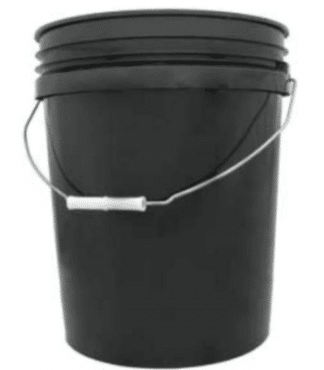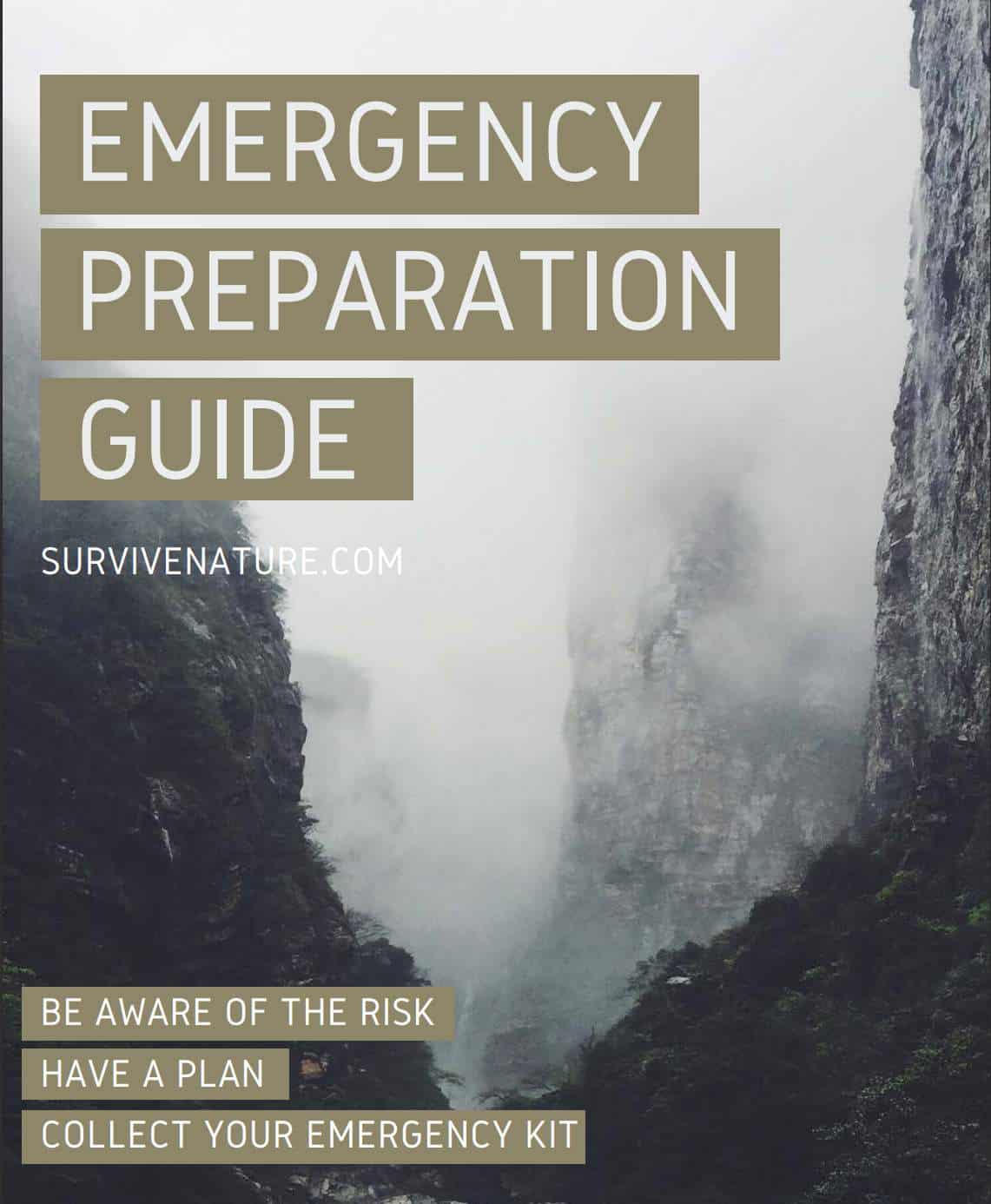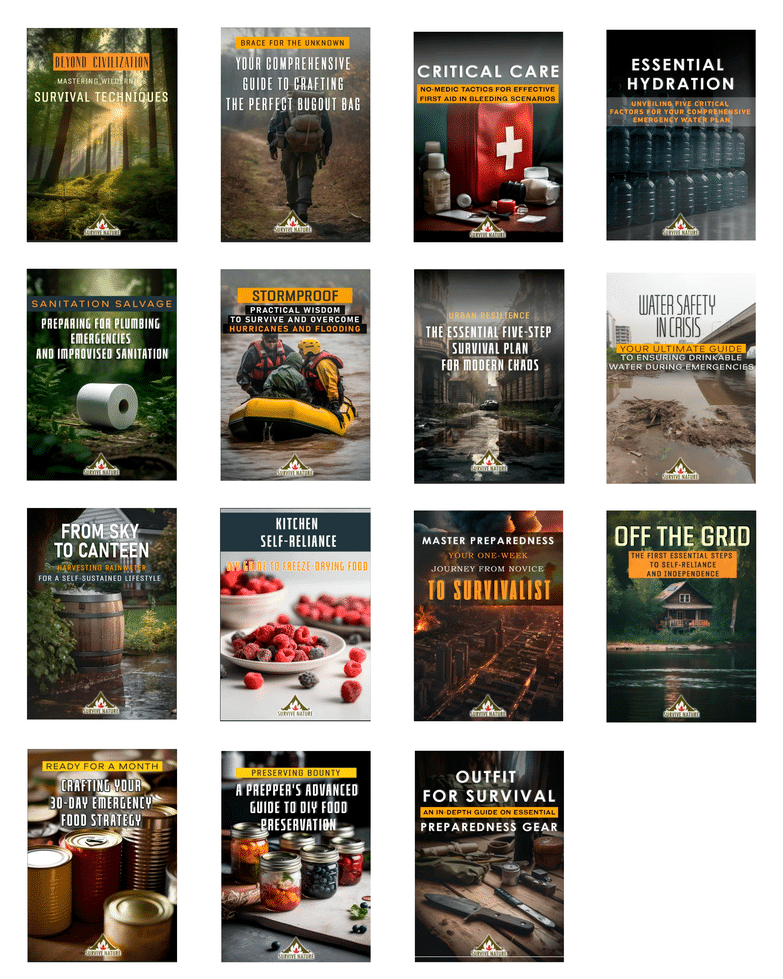Survival food is essential in 2023, just as water supplies are. What also matters is your ability to adjust to the situation and your survival skills. Do not forget that the proper survival gear in your well-packed backpack can significantly improve your chances. If you can grow survival food, you are lucky. But you should, of course, do it properly. Thus, you will have a chance to create substantial food storage end sustain yourself while homesteading, for one.
A garden composed of 5-gallon buckets is a decent option for those who do not have a huge backyard garden or receive little to no sunlight, and they need to somehow make the best out of one tiniest place that has it. Moreover, container gardening is the easiest and most portable way of gardening!
However, this type of planting has its own peculiarities. For example, you might know that some plants need a lot of space for growing, while others do not. And at the same time, these six-inch beggers need to be raised in a bucket of yours. Moreover, because of the material of your containers, you need to water all of them constantly.
But still, a small and cranky 5-gallon bucket garden is better than having no possibility to plant vegetables at all!
Containers: What are They Good For?
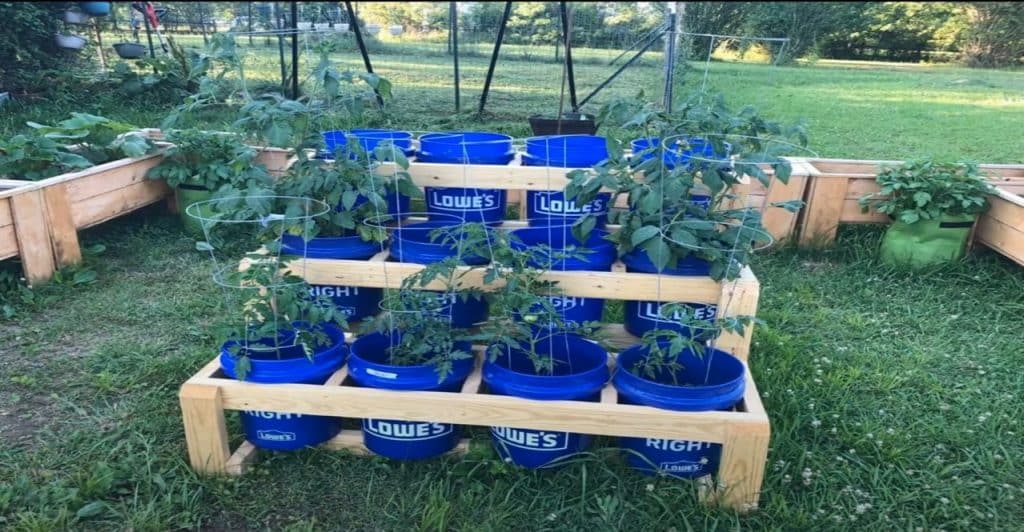
In a survival environment, or even in our modern one, much excellent ground has become polluted because of human activities. This, in turn, will prevent your future plants from growing or from becoming full of nutrients!
Moreover, you might not notice some problems with your harvest, but it will still accumulate in your body and release unneeded toxins that will only worsen your well-being and health! And why would someone need such food?
Other reasons might include the quality of your land by itself: not all of the ground can be used to successfully plant your own food. And as we said before, you might not have enough space for an entire garden, or your region has a climate with a very short growing season.
That is why plastic buckets/containers are a good option for creating a garden to grow potatoes, tomatoes, or other smaller plants that produce edible crops.
Benefits of container gardening
- You are creating your own potting soil and always know what is placed inside of it.
- You can easily move your 5-gallon buckets somewhere else
- You have less job to do, as there will not be a lot of weeds for pulling out
- The small spaces that you have are now used more wisely
- Almost anyone can create it
Disadvantages of 5-gallon bucket gardening
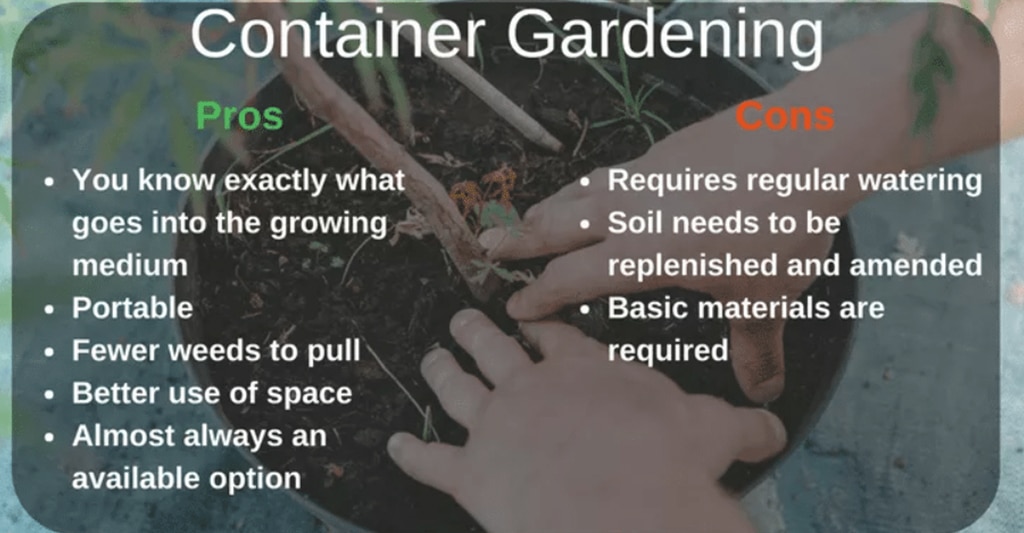
- You would need .to water your growing vegetables inside the 5-gallon buckets constantly.
- The ground that you use needs to be constantly updated and amended with great drainage
- Some basic materials for buckets’ soil are still required, maybe even more than a traditional garden setting.
When living in a downtown apartment, or even in the countryside but with limited spacing and poor soil, 5-gallon buckets are exactly what you need! Even more, such DIY bucket planters are the only option that you have.
Why would I need to create a 5-gallon bucket garden?
Right now, you might not need this bucket gardening method, as a lot of fruits and vegetables are provided by different stores and food markets. However, do not expect all of them not to be stocked with different chemicals that would go through your body with food and prevent you from getting the nutrients from them.
Growing vegetables yourself in 5-gallon buckets is much cheaper than buying expensive but decent ones in a store. Moreover, you might need this skill of creating DIY gardening later when in a survival or climate-crisis situation.
What Supplies Do I Need for Gardening 5-Gallon Buckets?
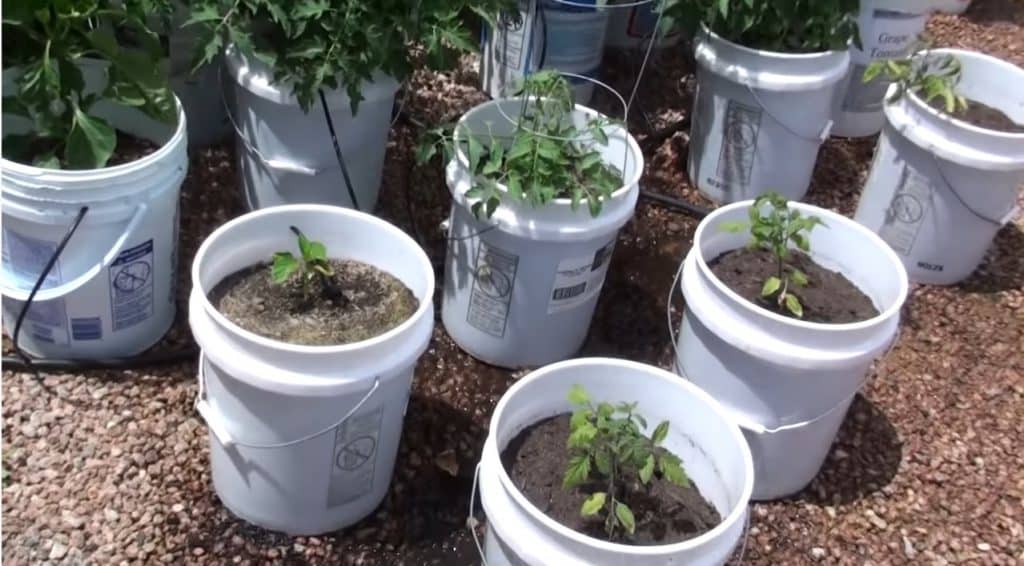
There is really no need to buy many fertilizers or any other additional stuff when creating your 5-gallon bucket garden. All you need is five-gallon buckets, potting soil, drainage material, and plants or seeds.
There are different ways to approach filling the buckets: the easier or, the harder one. We will later discuss both of them, but still, any one of them needs the ingredients already described above, and here are some tips on them:
- 5-gallon buckets: we would always recommend you use new leaktite plastic 5 gallon buckets for your garden or the ones that you are sure about. Some people use their 5-gallon buckets for much different gross stuff, and no one would want to use them for growing food. Also, do not buy expensive containers. There is no need for them.
- Potting mix or potting soil is your only way to go! Do not ever use garden soil for your container garden: they are always heavy and hold onto water for far too long. In contrast, potting soil easily provides you with good drainage, which we need for growing success inside garden containers!
- Plants/seeds: as we are creating a garden, not in a natural environment, it might be hard for the seeds to grow successfully inside a bucket. For this reason, plants are usually better adjusted to these buckets’ conditions.
- Plant stakes: use them only for those fruits and vegetables that actually need them, such as tomato plants and cucumbers. Many others will successfully survive without them.
Your Gardening Options
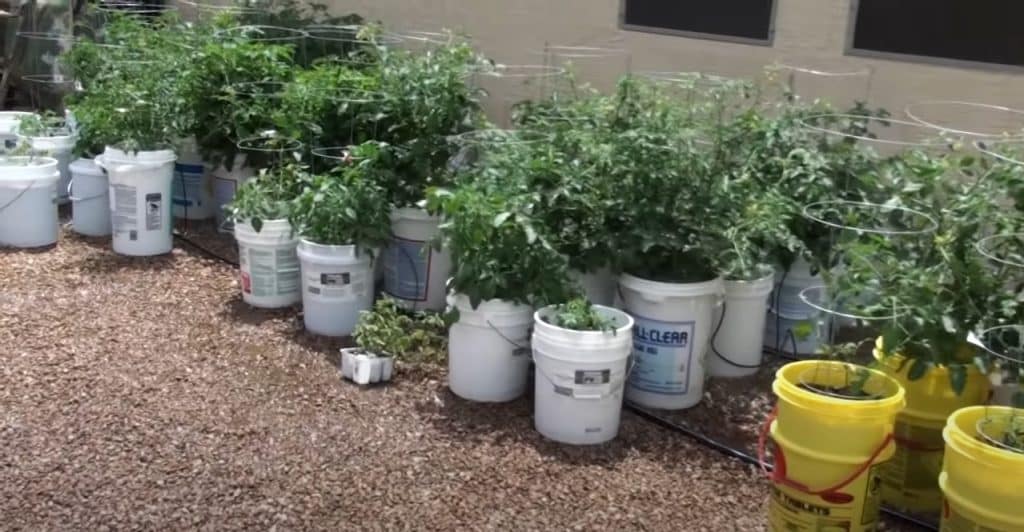
An easy one
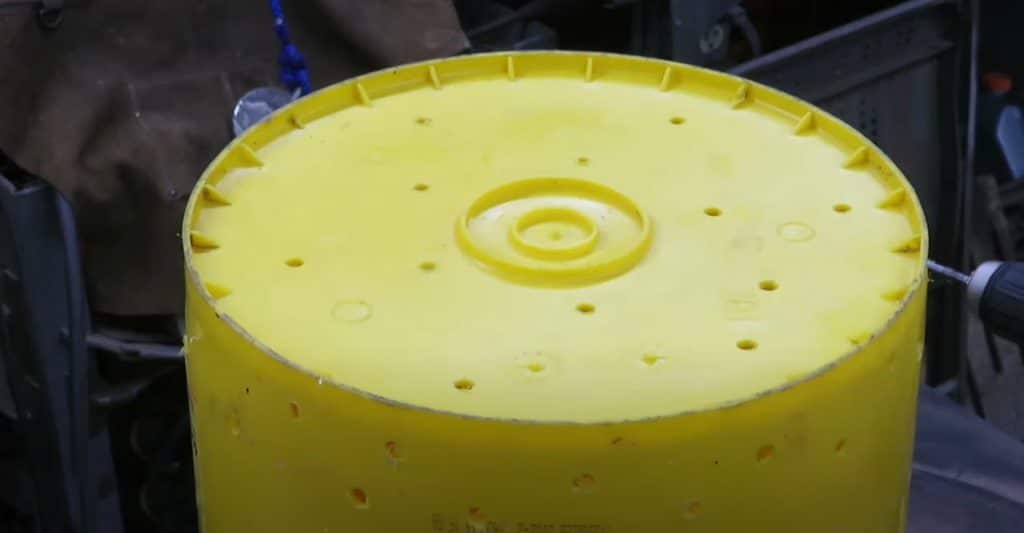
- Take a few 5-gallon buckets and a bag of potting soil.
- Drill holes on the bottom of each 5-gallon bucket, but please watch this video on how many are needed and how to do it right— a hint #1: the more drainage holes, the better. When using a tomato cage, put it on the bottom before you drill the drainage holes.
- Do not forget to water your potting medium before putting it inside 5-gallon buckets. As most of the mixes have peat moss inside them, watering them with this ingredient is necessary. Without it, peat moss will only expel water instead of absorbing it. Also, you would want to have some slow-fertilizer inside of your potting mix. We would recommend fertilizers by Espoma organic. Miracle-Pro mix is also as good as the natural ground.
- After watering, fill the 5-gallon buckets with the potting soil but leave an inch or two of space on the upper part of the bins.
- Put your plant inside the soil and place your 5-gallon buckets in a sunny place. A hint #2: mulch can help you limit weeds and save water: an inch or two on the upper part of the 5-gallon bucket is enough. Though be careful with mulch, don’t put it against the stem of the plant.
Something more time-consuming
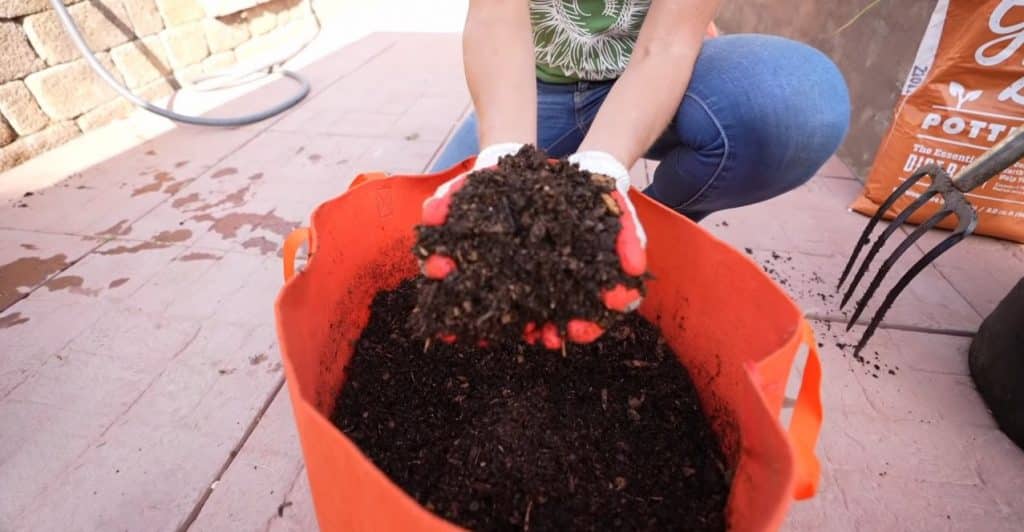
Making a mix for each 5-gallon bucket or creating a huge pile for keeping somewhere else is totally up to you. And as you will have to add your own fertilizer, it would be easier for you to understand when refreshing is needed.
And now, let us show you some recipes.
1) The soilless method
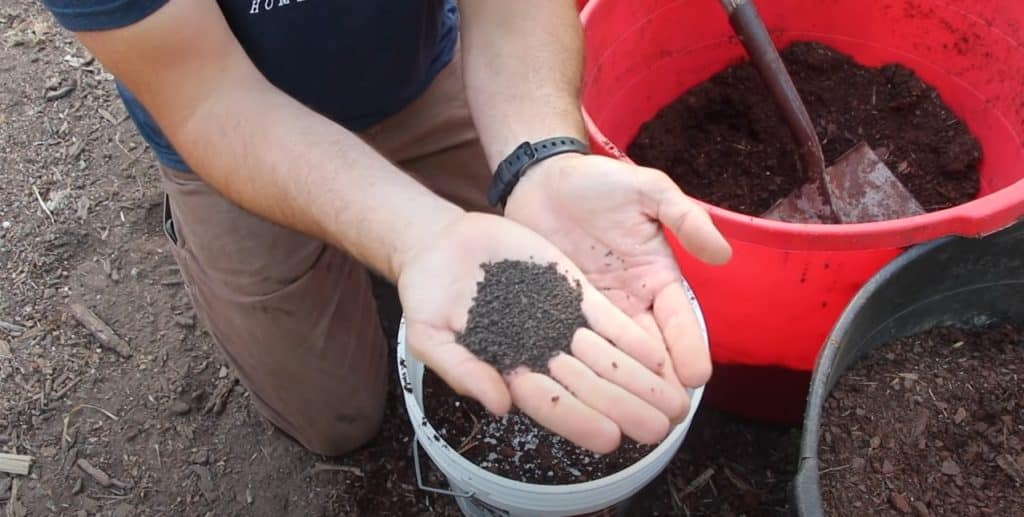
- A handful of peat moss
- A handful of either perlite, vermiculite, or sand for the drainage process
- A handful of compost from your compost bin
Mix them all and add some fertilizer, for example, an Espoma Garden Tone, before putting inside your 5-gallon buckets
2) The best soil method
A decent soil will only benefit your plant, as it will boost microorganisms’ growth and make the development of your vegetables better.
This is our most preferred option of soil to grow plants, as in our experience, it helped produce a better harvest and could be kept longer. However, its weight is a bit bigger.
- A one-half handful of soil
- A handful of either perlite, vermiculite, or sand
- A handful of compost
- A one-half handful of peat moss
Mix it and add fertilizer of your choice.
3) The most organic method
When in a survival situation, no store access is available. In this case, this method might help you, but more effort is needed.
- A handful of sand/ a one-half handful of gravel
- A handful of soil
- A handful of pine bark that is already smashed into smaller pieces
- A handful of compost
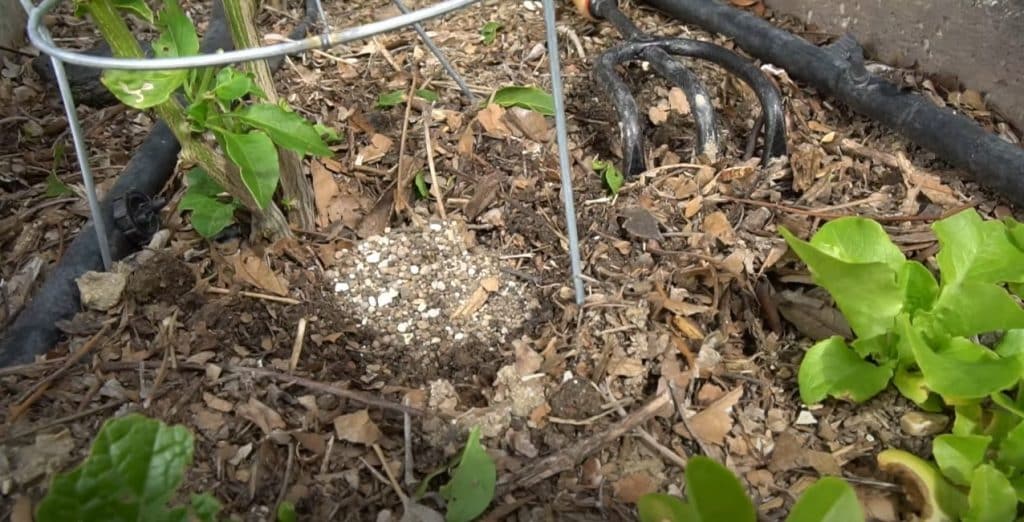
Also, you would need to continue adding some water, even when pine barks are added (which help to keep the moisture in).
Any gardening method’s checklist
- Drainage material, such as sand/vermiculite/gravel
- Water conservators: compost/peat moss
- Organic materials for the roots: compost tea, bark chunks, fertilizers, worm castings
- Buckets: thick and with holes. Make sure you’re using food-grade buckets.
Ways to Help Your Plants to Grow Better
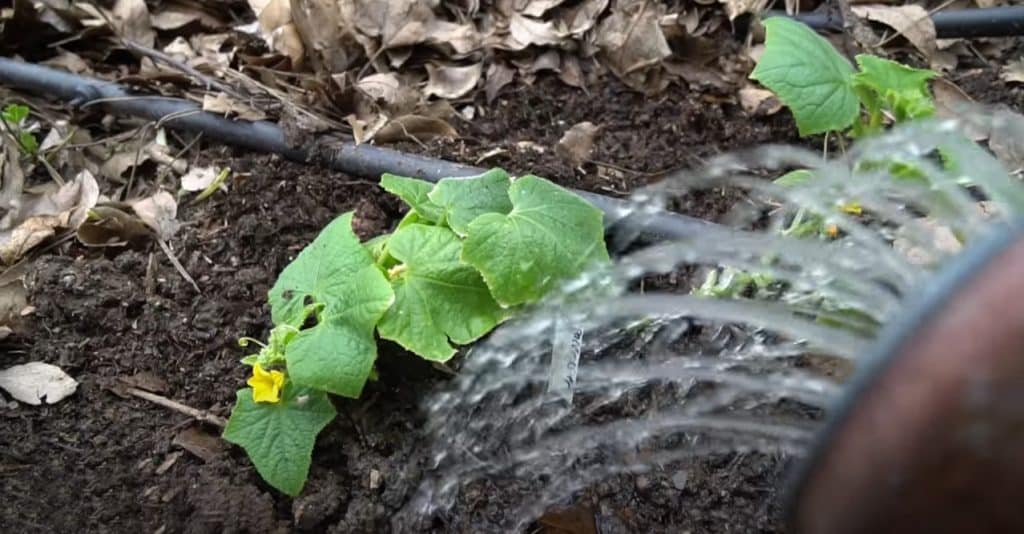
Also, it would be a good idea to place your buckets on some stones or bricks so that excess moisture from your waterings or hard rains would go away through bottom holes more easily.
Watering
As you already know, the biggest disadvantage of using 5-gallon buckets for gardening is that they require constant watering, as they do not have free access to the land and its moisture.
Here’s a tip:
- Use a weight test to determine whether your bucket needs to be watered – when picking it up and feeling that it is too light, water it. Also, try to put your finger inside the soil to see whether it is wet. If not, watering is required for your buckets.
What we always do with our plants is a two-step moisturizing method: fill your bucket with water until some excess water starts to go out from the bottom, then move to the next buckets. Then, when all of the buckets are filled, make a quick second run.
Note that as the bucket method requires a lot of water, you need constant access to it. If not, think about collecting excess water that drains out of your 5-gallon bucket.
What Plants to Grow?
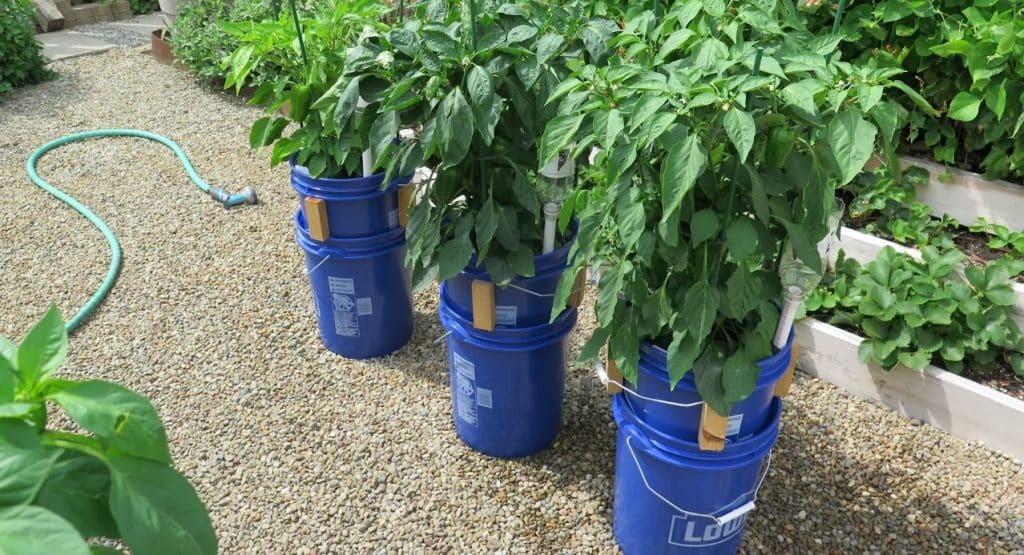
1. Bush tomatoes
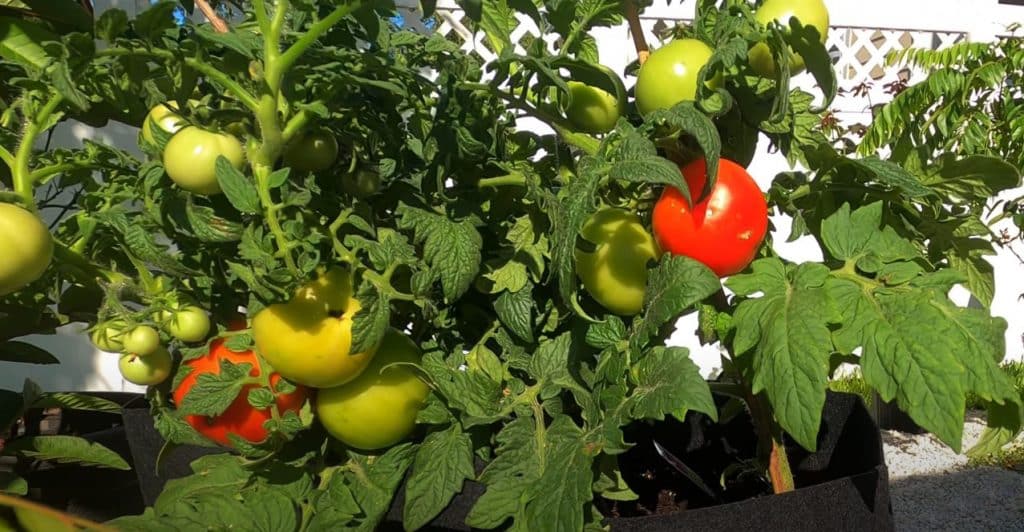
Be really careful with them, as they can grow really rapidly and require constant watering.
A hint: grow basil at tomatoes base.
2. Peppers
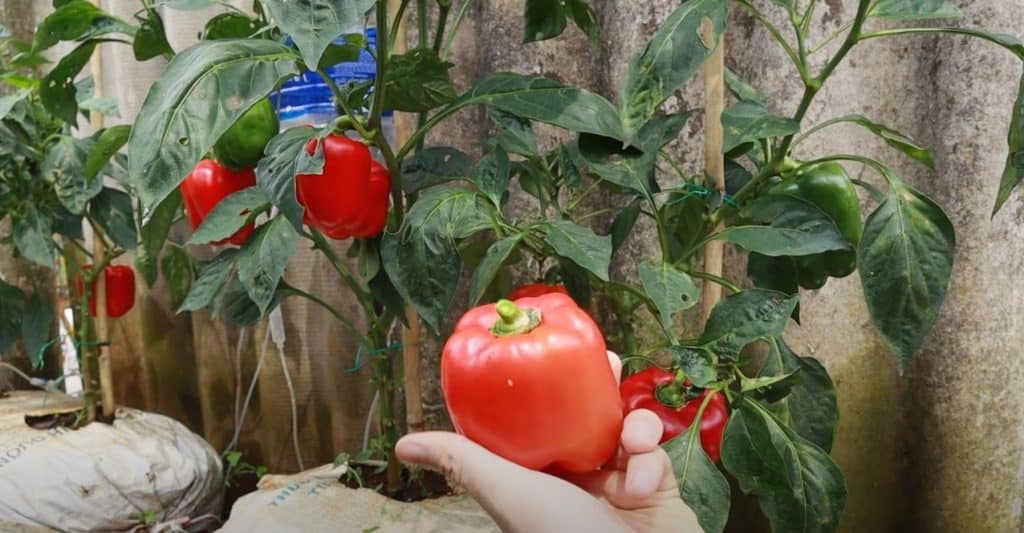
Also, they are not as picky for water as the tomatoes are: there is no need to over-water them. On the contrary, peppers would need more time until the next watering.
A hint: you do not necessarily need to buy seeds. You can easily take some from the store-bought peppers.
3. Cucumbers
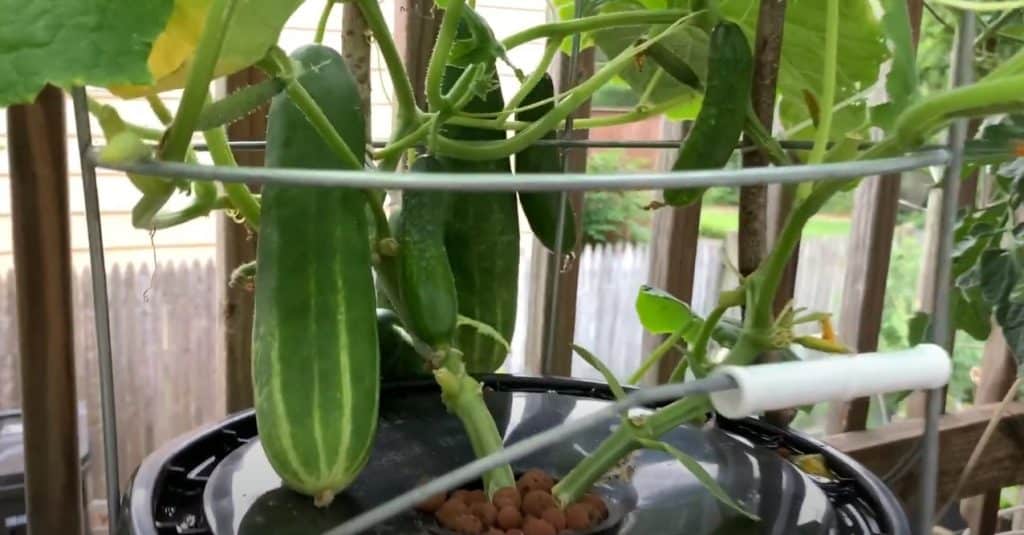
Also, note that this plant will naturally grow out of the bucket, so that you would need to look out for any pests.
4. Onions
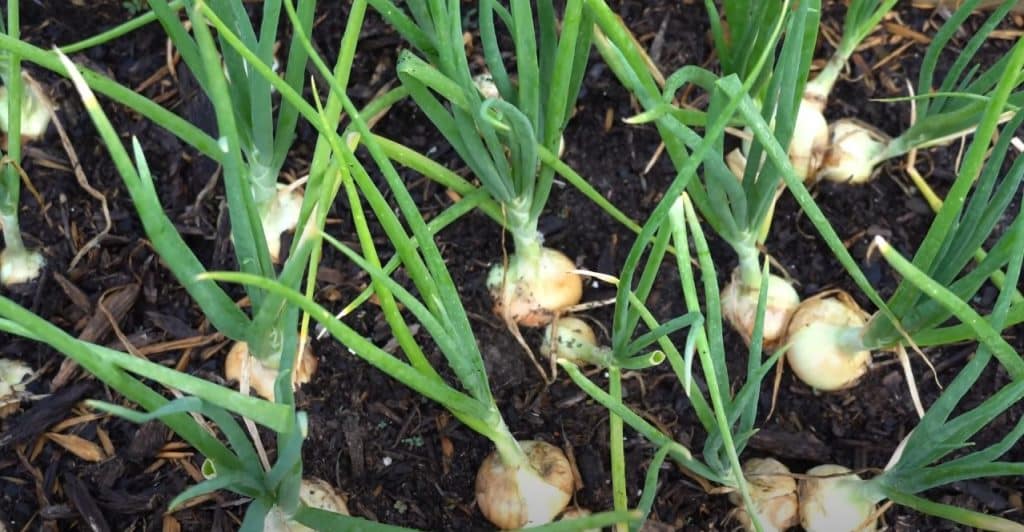
5. Lettuce
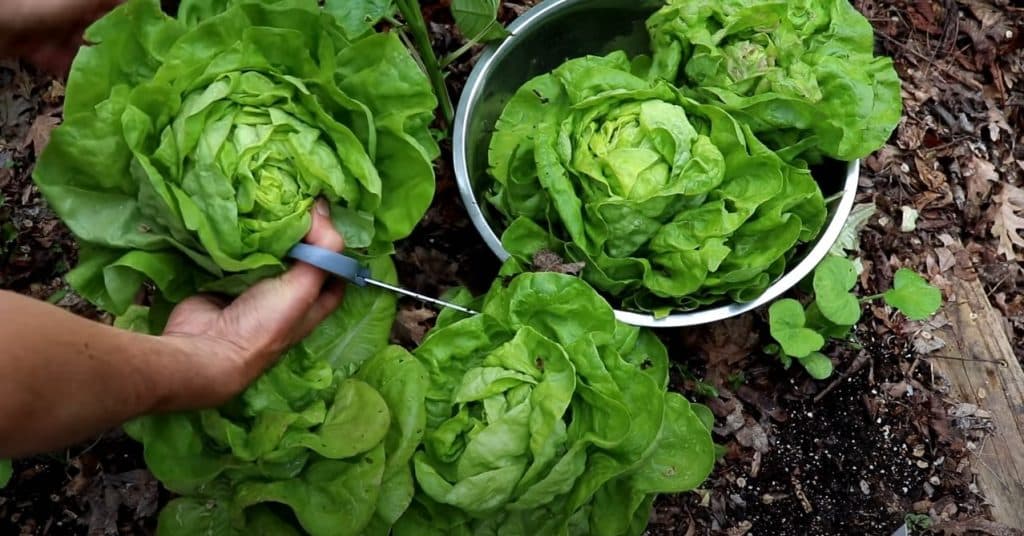
6. Herbs
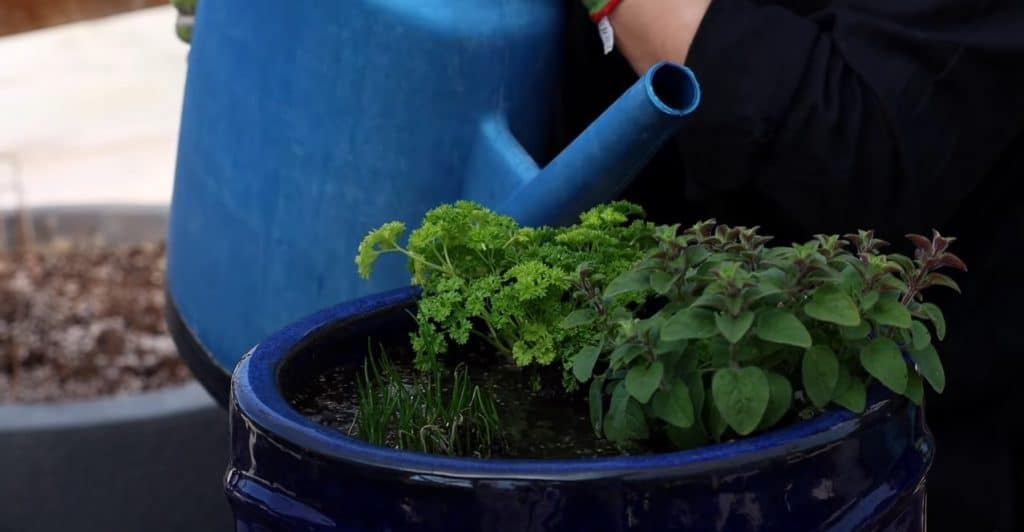
A hint: harvest the leaves frequently to escape the process of herbs overgrowing each other.
7. Carrots
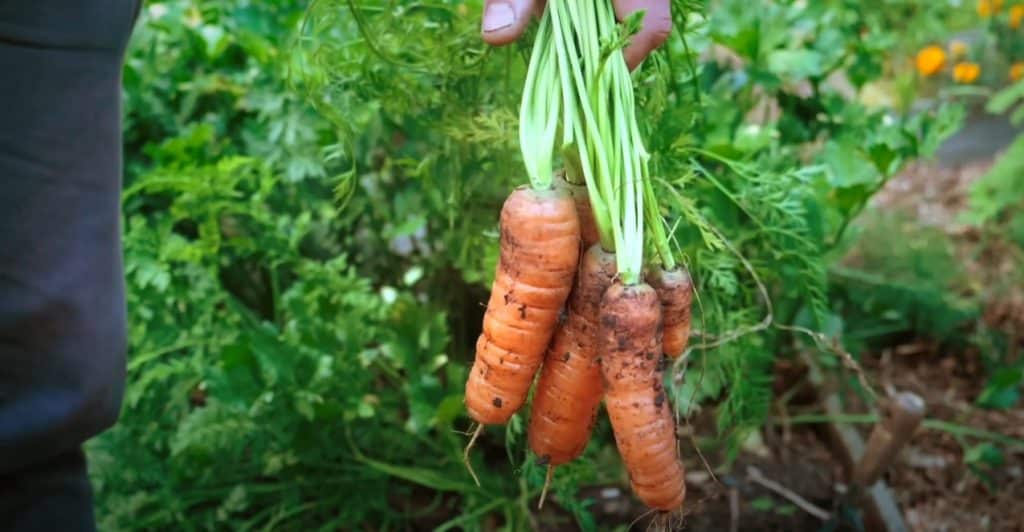
What else might be important?
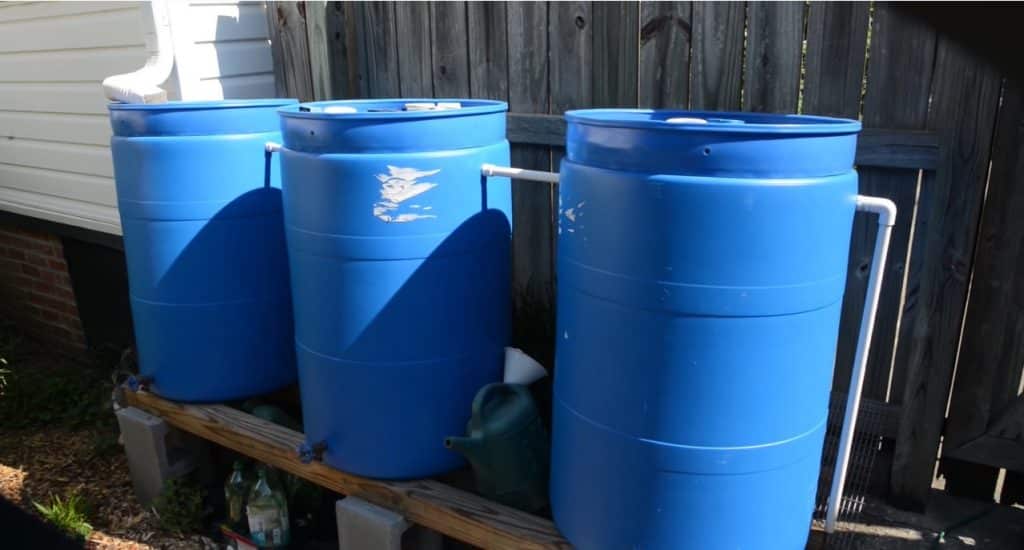
- When no water is available, use rain barrels to collect such water and then to grow vegetables.
- Do not be afraid of companion plants: they are a quite good investment into your garden, as they help to keep the nasty pests away while inviting beneficial ones for helping you to grow food inside your buckets.
- Make a mixture of four tablespoons of dish soap with one gallon of water and spray it on the leaves of your plants so that insects would not visit them.
- You can reuse your soil many times, as long as dead plants and roots are removed and the needed ingredients, such as the drainage material, are refreshed.
- Use store-bought veggies like store-bought potatoes, peppers, etc., as the source for new seeds.
- Only use food-grade/BPA-free buckets.
Frequently Asked Questions (FAQ)
How many plants can you put in a 5-gallon bucket?
There is no simple answer to that question, as it depends on the type of plant that you are growing. For example, tomatoes and cucumbers need one bucket for each plant, while two peppers or four onions/lettuces can be grown inside the same amount of space.
How to grow zucchini in a 5-gallon bucket?
When using seeds, use the following steps:
- Create drainage holes on the bottom of your bucket to escape excessive watering of your roots
- Divide your soil into two parts
- Put one of them on the bottom of your bucket with drilling holes
- Place up to 6 seeds of zucchini inside your bucket
- Cover the seeds with the rest of the soil
- Place your buckets in a place with enough sun provided
How to grow peppers in 5-gallon buckets?
The general rule for peppers is two for one bucket. All of the steps would not differ much from other plants growing in buckets. When using seeds, place them in the middle of your potting medium and buckets. When using plants, place your soil and then put your plants inside it. However, remember that they might need stake support when they have grown a little bit.

